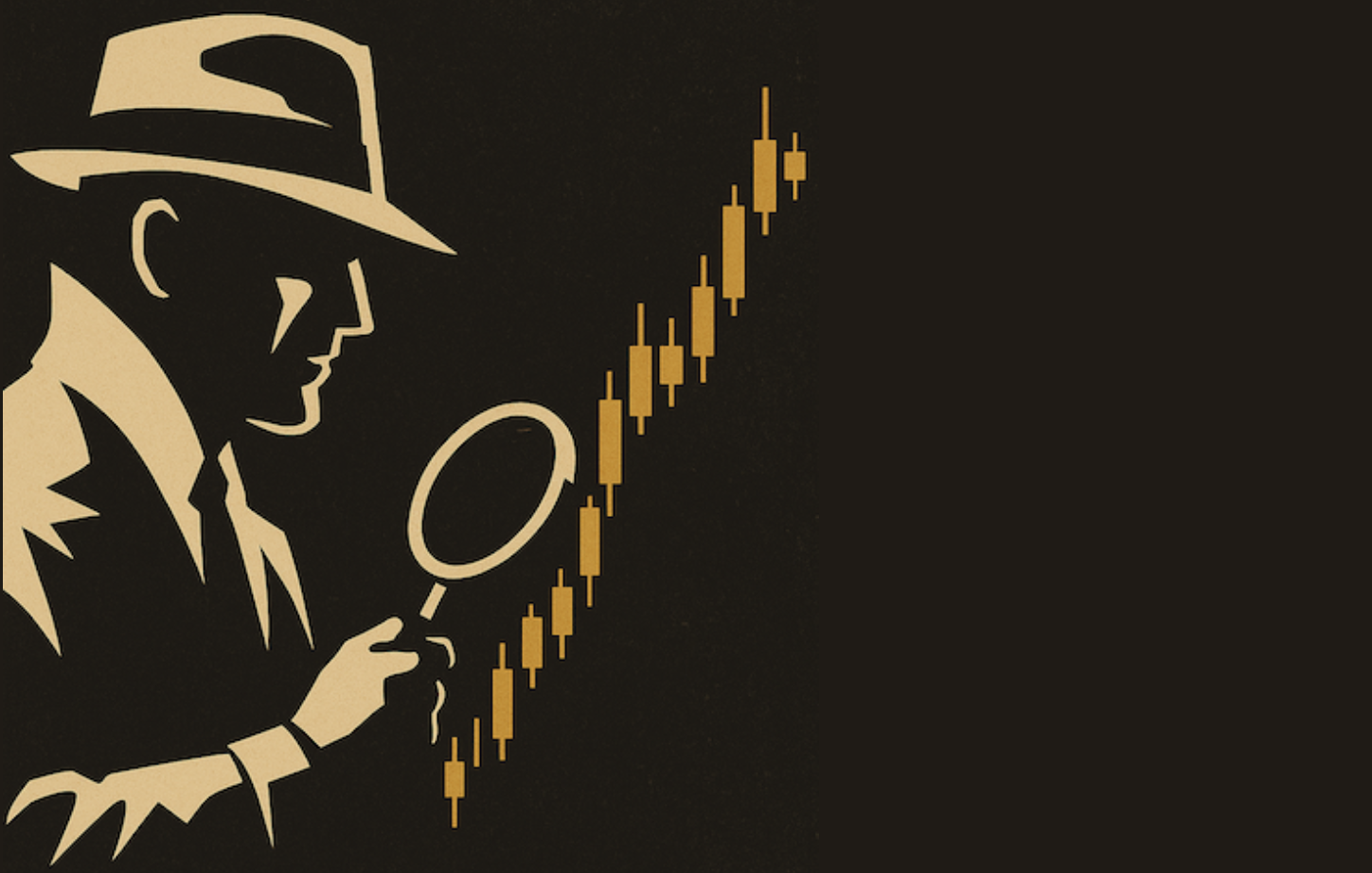ROTATION OUT OF FINANCIALS AND INTO DRUGS -- AMD AND INTEL PULL SOX LOWER -- RISING DRG/SOX RATIO SIGNALS DEFENSIVE MARKET MOOD
BUYING DRUGS WITH BANK MONEY... The impact of rising interest rates continues to cause rotations between stock market groups. One need only to look at today's strongest and weakest Dow stocks to see what's happening. Citigroup was the Dow's biggest percentage loser and fell beneath its 50-day moving average on rising volume. That reflects continued selling of rate-sensitive bank and brokerage stocks which don't do well in a climate of rising rates. The top performing Dow stock was Pfizer which broke through its 50-day line on very heavy volume. (The top three gainers in the Dow were drug stocks). In fact, drugs were the day's top group. The Pharmaceutical Index (DRG) Index gained 3.5%. [Our midday Message showed the upside breakout in the Pharm Holders ETF]. The move into drugs also makes sense. Rising rates threaten to slow the economy which favors defensive stocks. Energy stocks were also market leaders today as the price of crude oil jumped 85 cents. Rising energy prices also exert upward pressure on interest rates.

Chart 1

Chart 2
AMD AND INTEL PULL SOX LOWER... While the drugs supported the big board indexes, the SOX helped pull the Nasdaq lower. The Semiconductor Index lost 3% and fell beneath its 50-day average. A high volume selloff in Advanced Micro Devices may have been the main catalyst in the SOX's slide. The relative weakness in Intel doesn't help the group either. Chart 5 shows the chip bellwether trading near its March low and still below its moving average lines. Relative weakness in the SOX isn't a good sign for the Nasdaq market.

Chart 3

Chart 4

Chart 5
DRG/SOX RATIO IS RISING... Earlier in the year I did an analysis of the DRG/SOX ratio as a way to try to measure the mood of the market. The ratio divides the Drug Index (DRG) by the Semiconductor (SOX) Index. The idea is that when investors are confident they buy chips and sell drugs. That pushes the ratio lower. That's what happened during October of 2002 when the market bottomed (see green circle). The downtrend in the ratio continued until last November when it started bouncing (blue circle). Its been trading sideways since then as the market rally has stalled. When investors turn more cautious, they sell chips and buy the more defensive drugs. That pushes the ratio higher. The DRG/SOX ratio is approaching the top of its six-month range and is close to moving above its 200-day moving average for the first time since last spring. The ratio has already broken its eighteen-month down trendline. An upside breakout in the DRG/SOX ratio would, in my opinion, signal a significant shift to a more defensive market mood. The two main reasons for that are rising energy prices and rising interest rates. That also explains why investors are selling rate sensitive stocks and buying energy. None of these rotations are good for the market as a whole.

Chart 6










